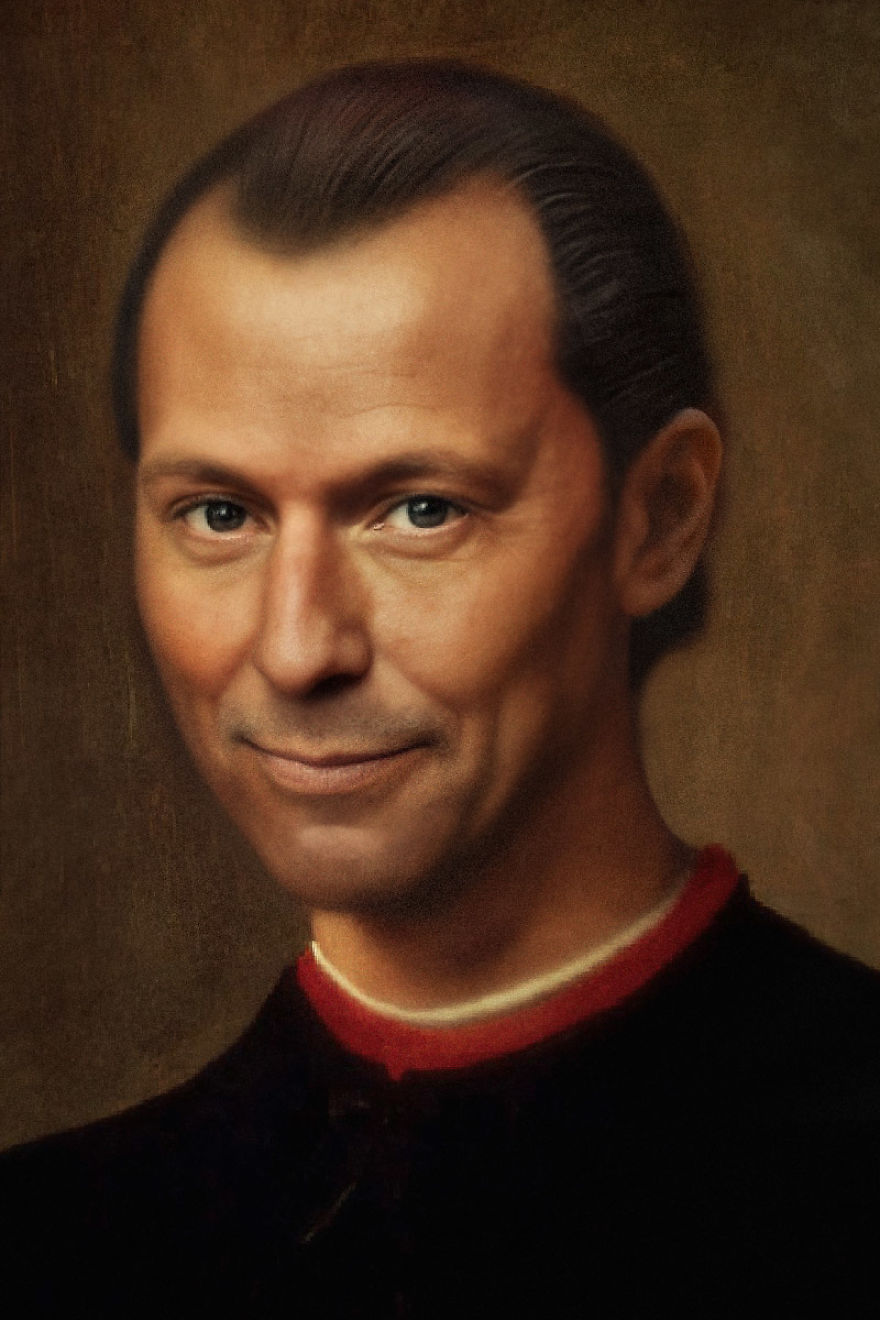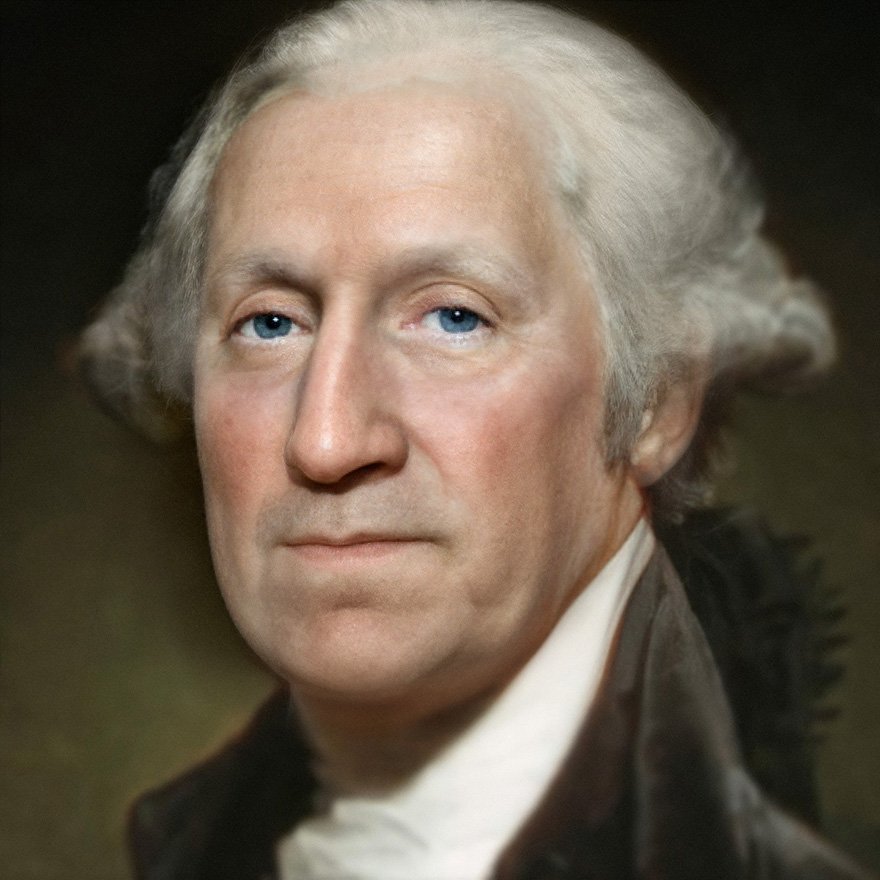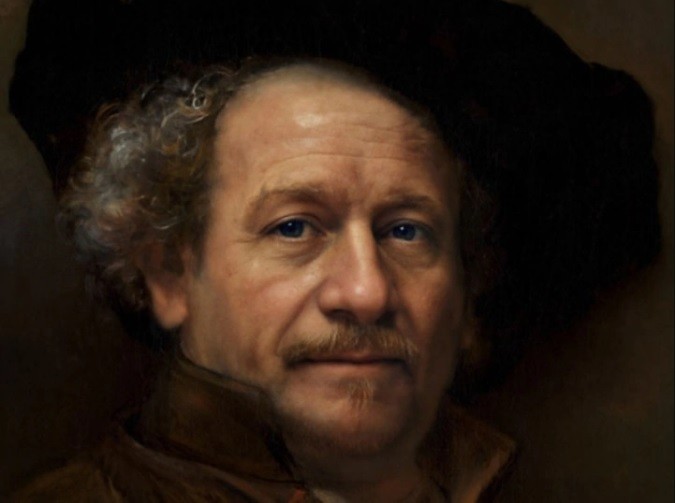Born in the modern age, we often don’t know how it used to be. We can only imagine what this or that person looked like based on a subjective vision of the artist or a grainy black and white photograph. Despite the painters’ efforts, paintings can rarely reach the proper level of realism. So one only has to wonder what some of the most famous historical figures actually looked like. Bas Uterwijk, a photographer from Amsterdam with experience in computer graphics, 3D animation, and special effects, is slowly but surely trying to answer this question.
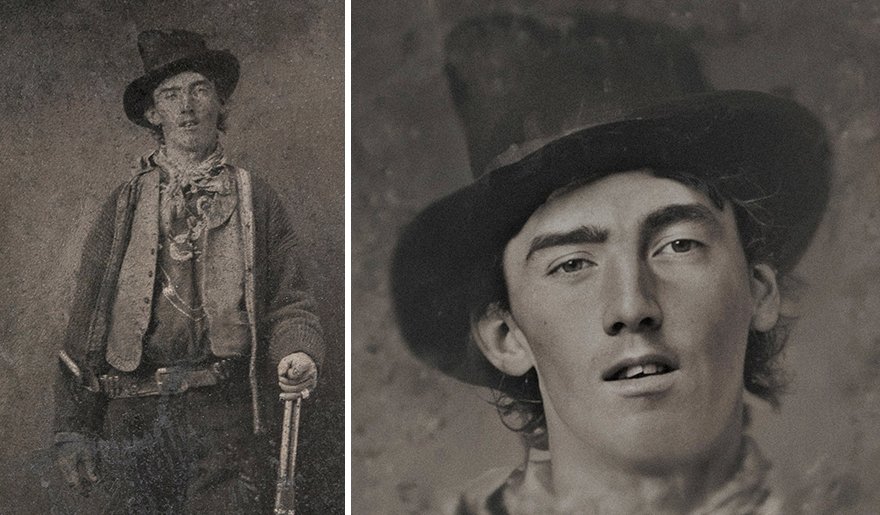
Bass started his research in 2019. After successful experiments with photography of the American criminal Billy Kid (or Little Billy), he decided to try to recreate someone who lived in the era before the invention of photography. The designer stopped at the image of Napoleon, but did not publish the results, considering them “good, but not perfect”. A few months ago he returned to the portrait of the Emperor – and this time he was satisfied.
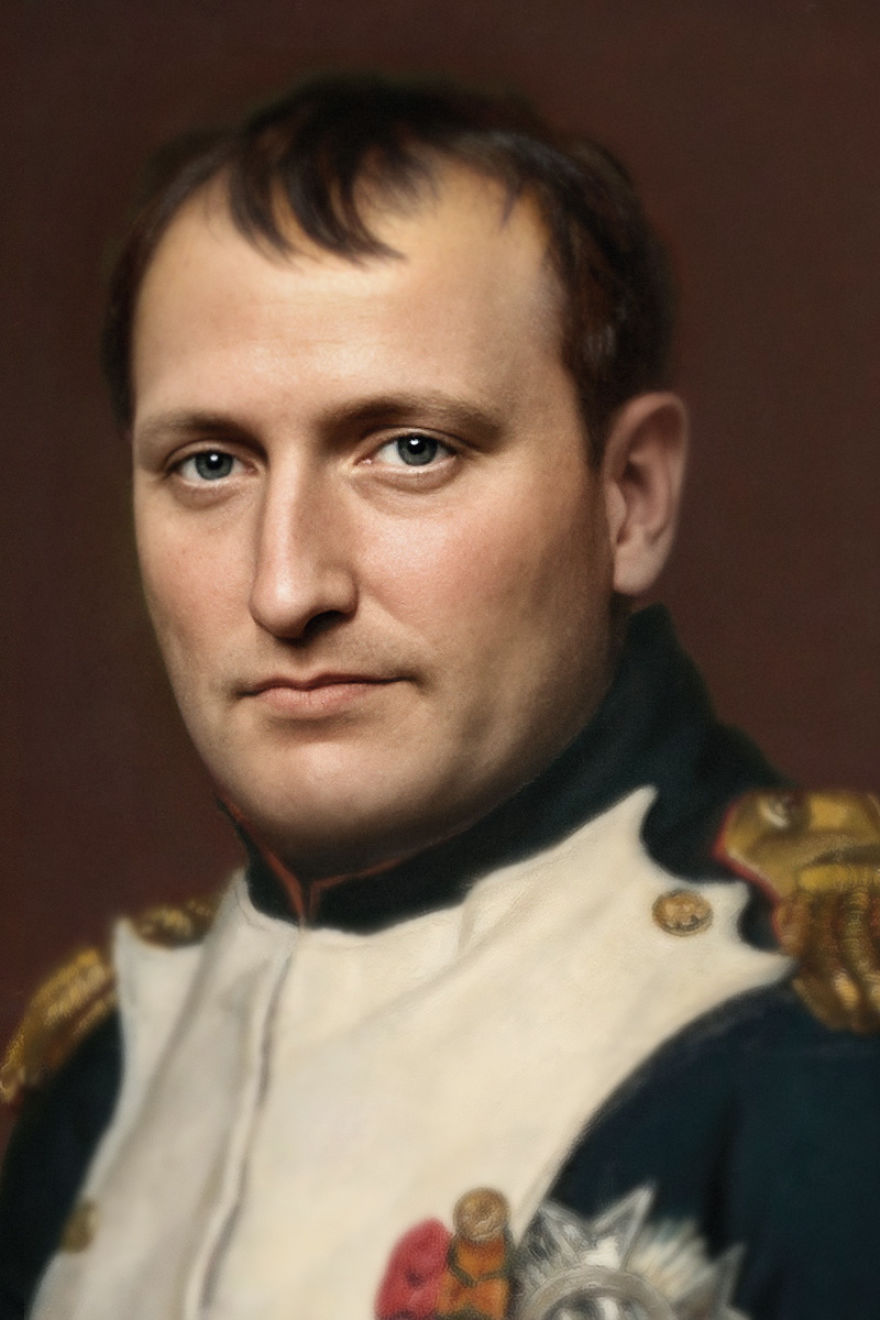
“The software I’m working with is developing rapidly,” Bas decided and suggested that over time the results will get better and better.
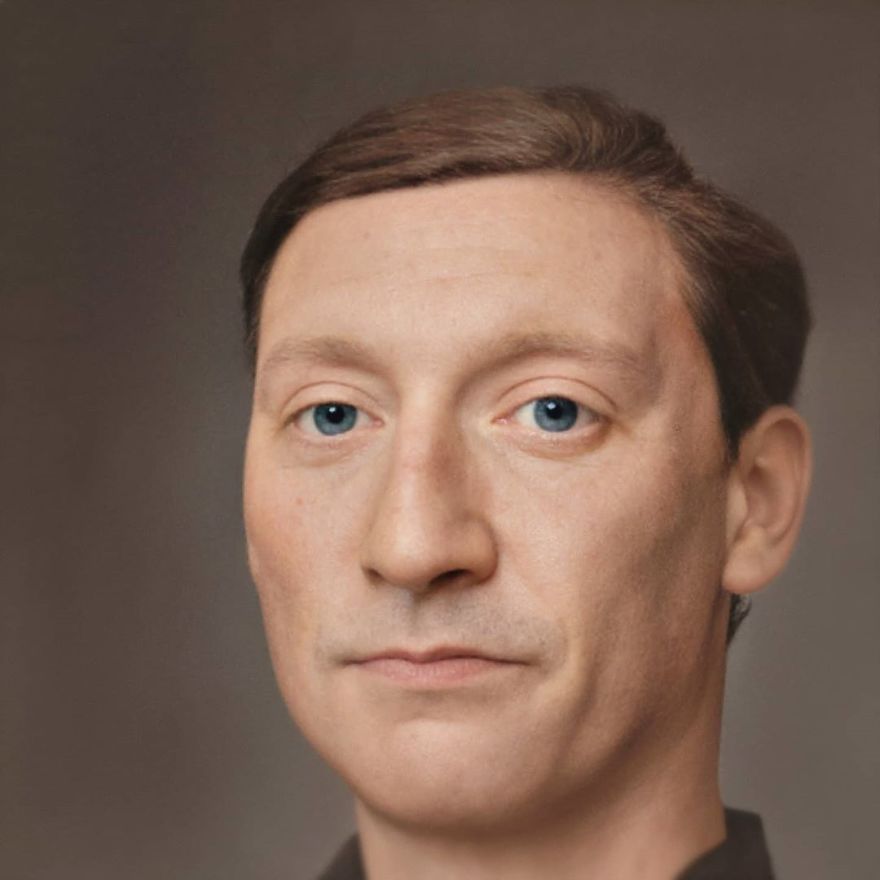
“I don’t think the human face has changed much in thousands of years. Except for hairstyles and makeup, people who have lived a long time are probably very much like us,” said Uterwijk in an interview with Bored Panda. – But we are used to seeing them in the often distorting styles of ancient art forms that existed long before photography was invented.
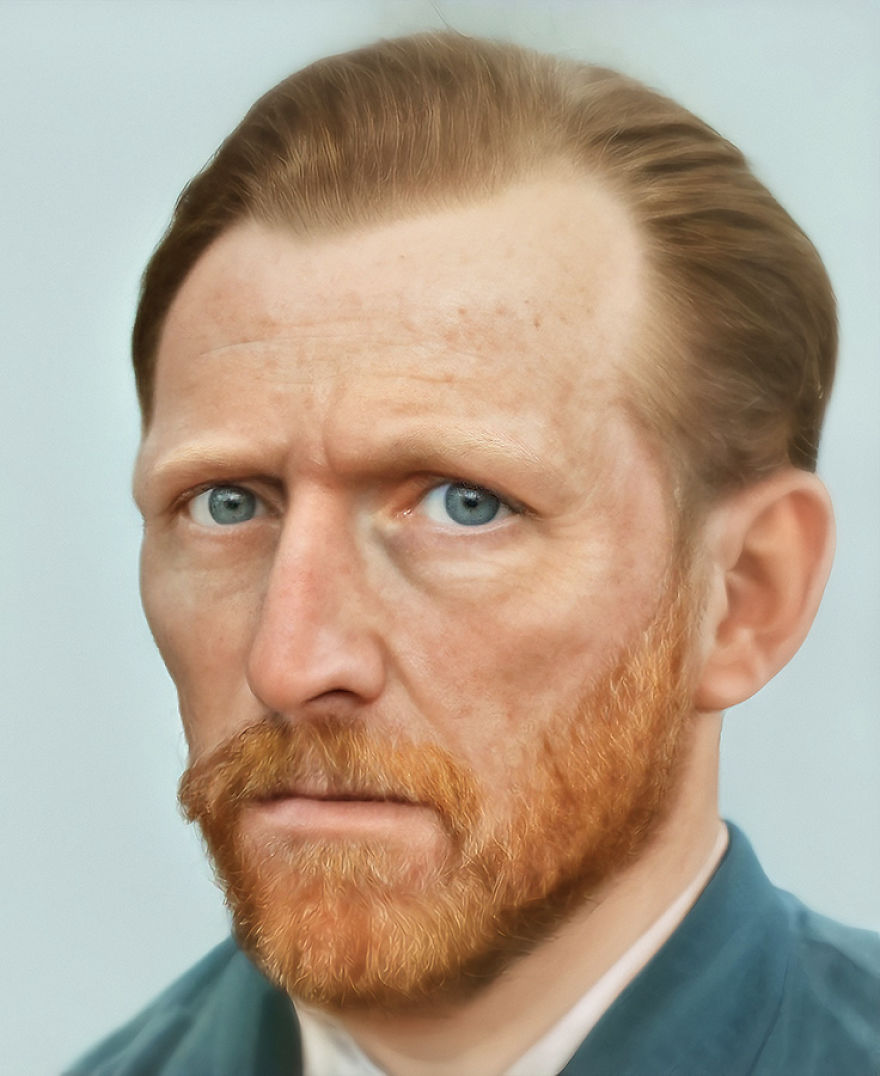
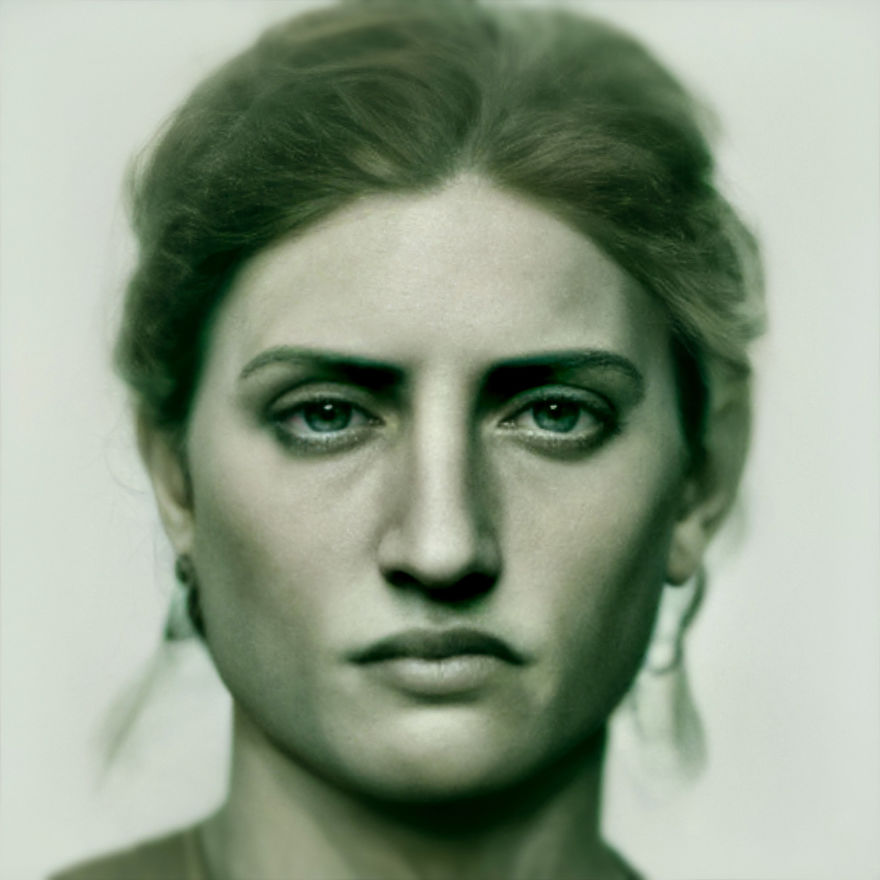
The photographer began experimenting with image creation using generative-touch neural networks, which he believes “will one day be the successor to photography”. “These ‘deep-learning’ networks know thousands of photos of human faces and are capable of creating virtually photorealistic people from scratch, or placing loaded faces in ’embedded space’ from everything obtained by studying the model,” says the experimenter.
In addition to paintings, he also experiments with sculptures.
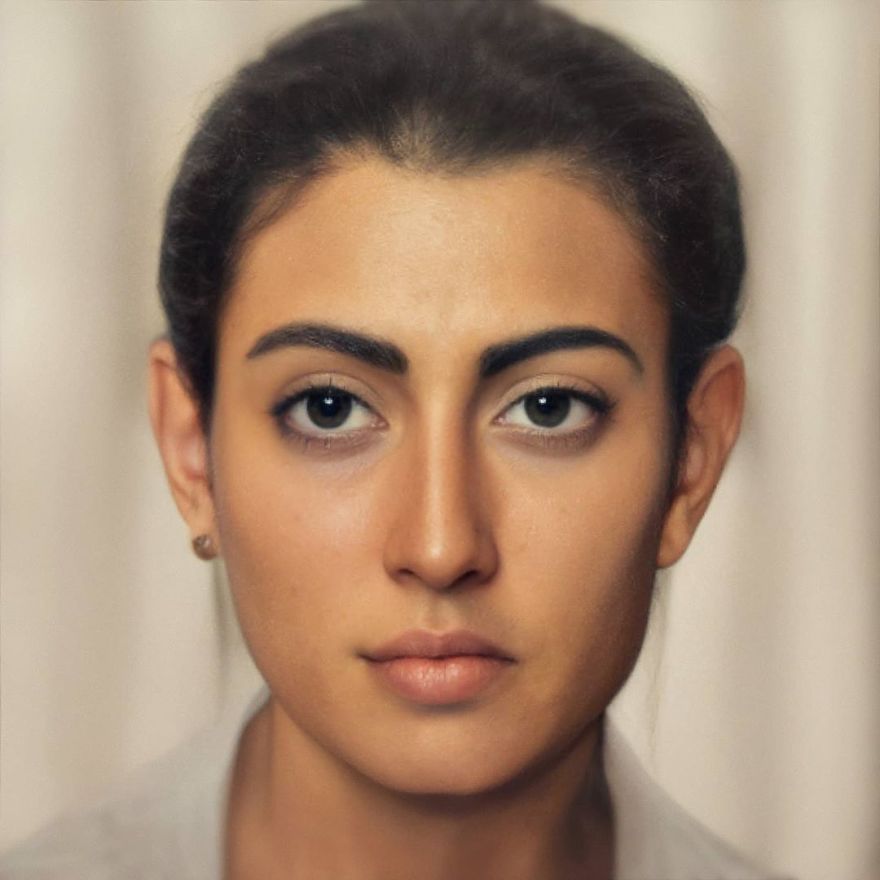
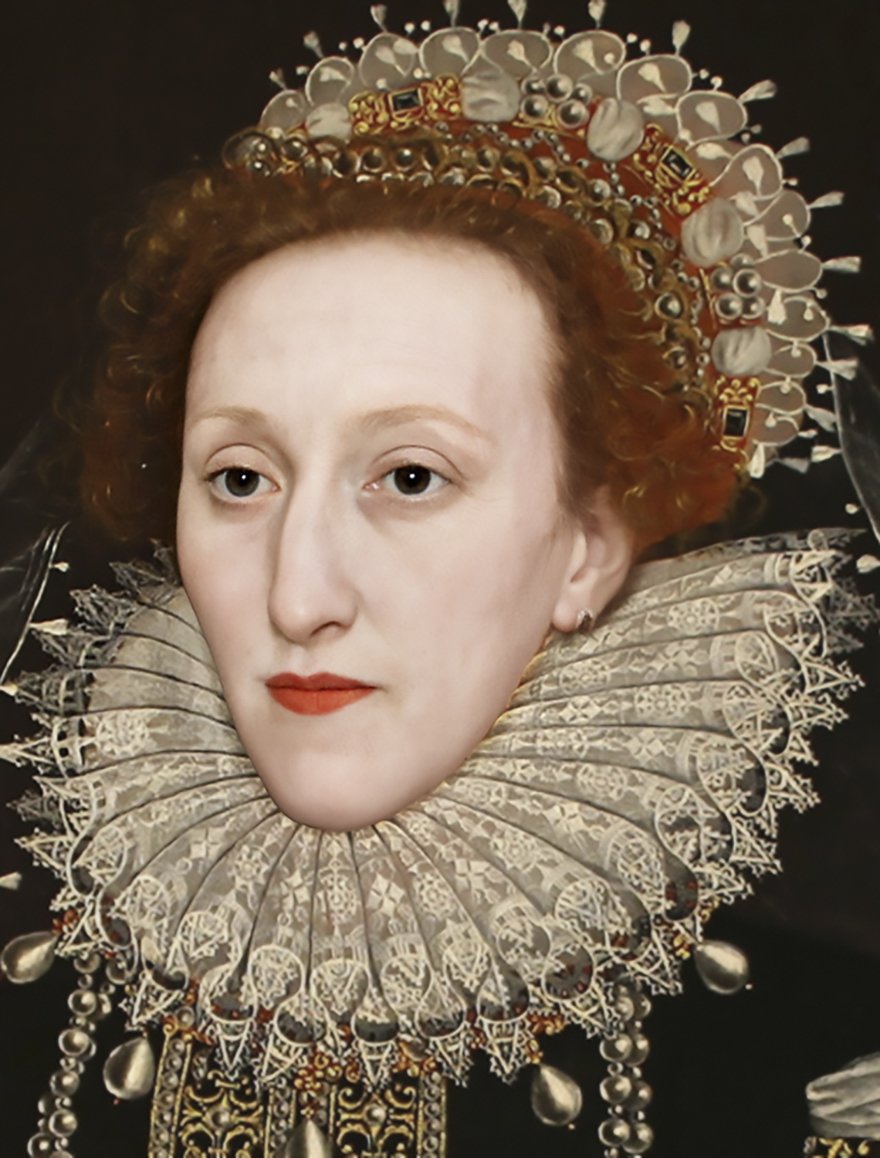
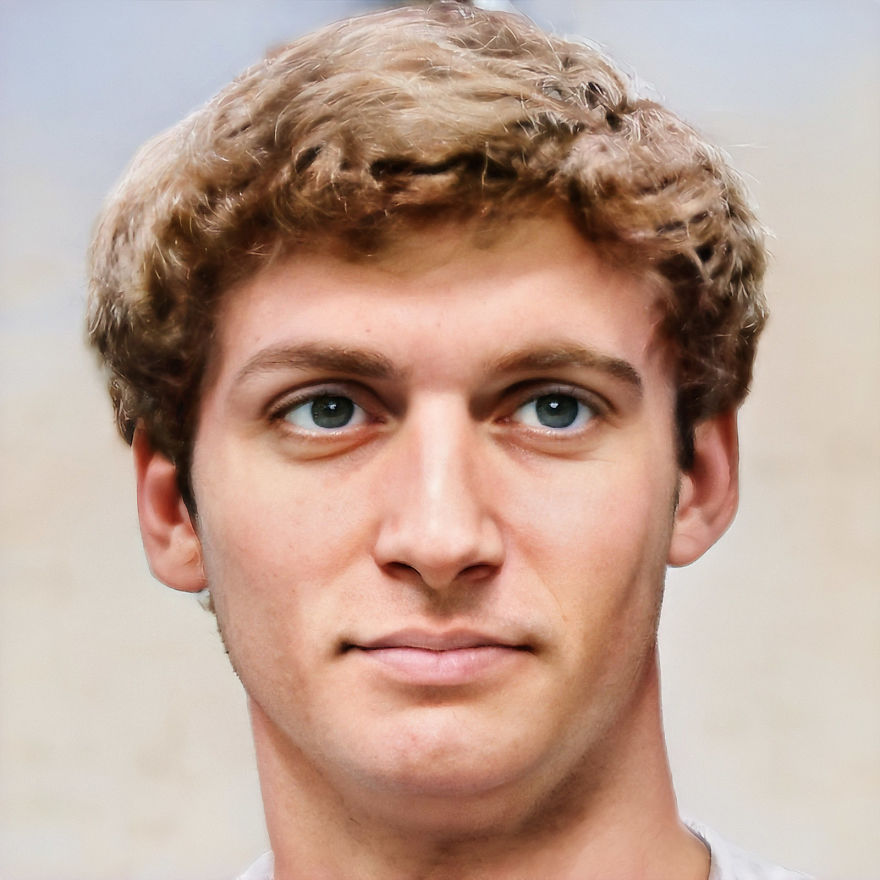
Bas works with Artbreeder, which uses artificial intelligence and neural networks to create almost photorealistic images. It takes the input data uploaded by the user as a basis and combines it with what knows about what the face looks like or how the light behaves in the photo. “I try to get as close to the procedure as possible and let artificial intelligence do much of the work. But sometimes I have to adjust the image a bit in Photoshop because these networks don’t yet reproduce clothes or classic hairstyles,” says Uterwijk.
“I consider my creations more an artistic fantasy than science-based experiments. But it seems to me that in some cases, the results are much closer to reality than most other methods that are still used in facial reconstructions,” said Bas.
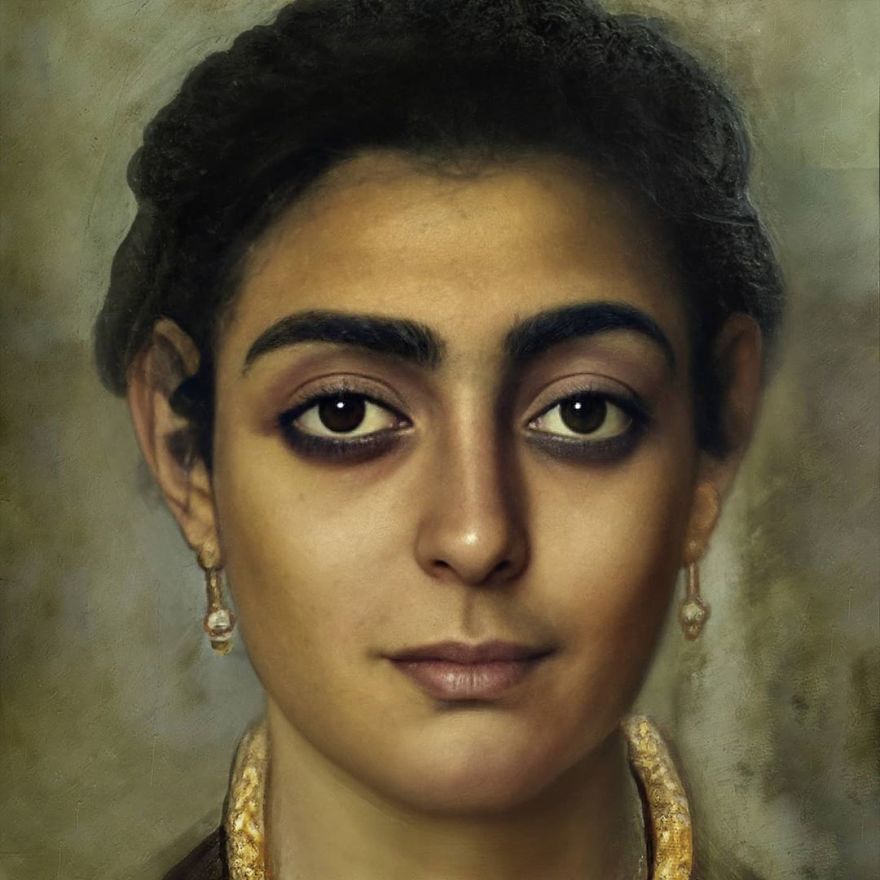
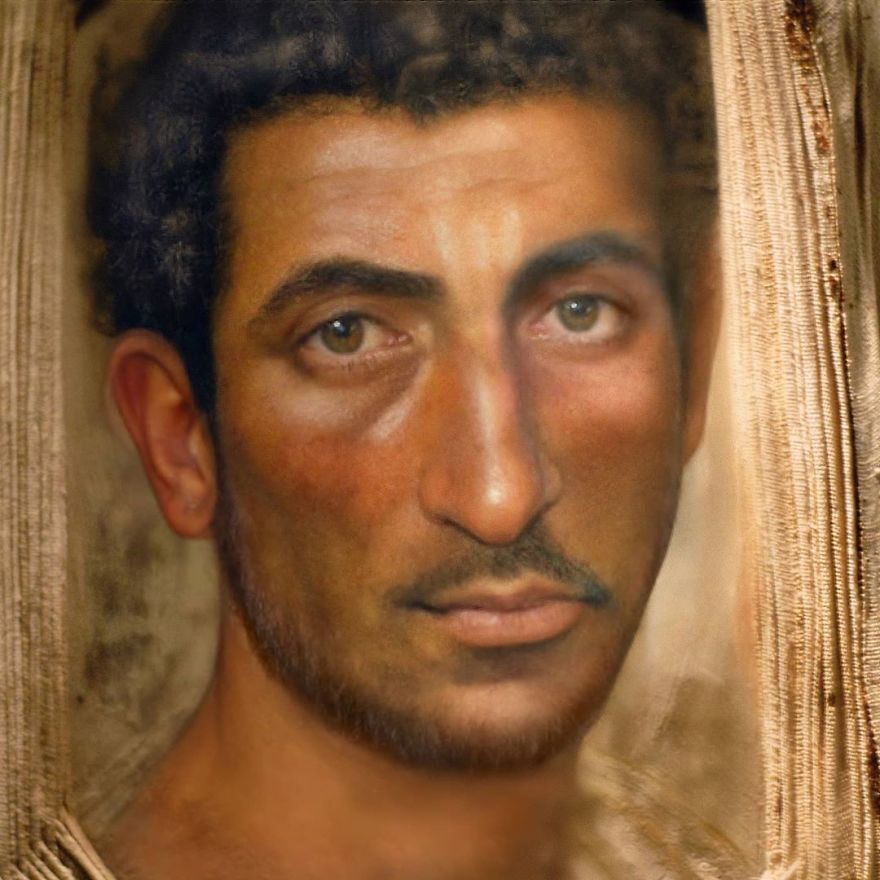
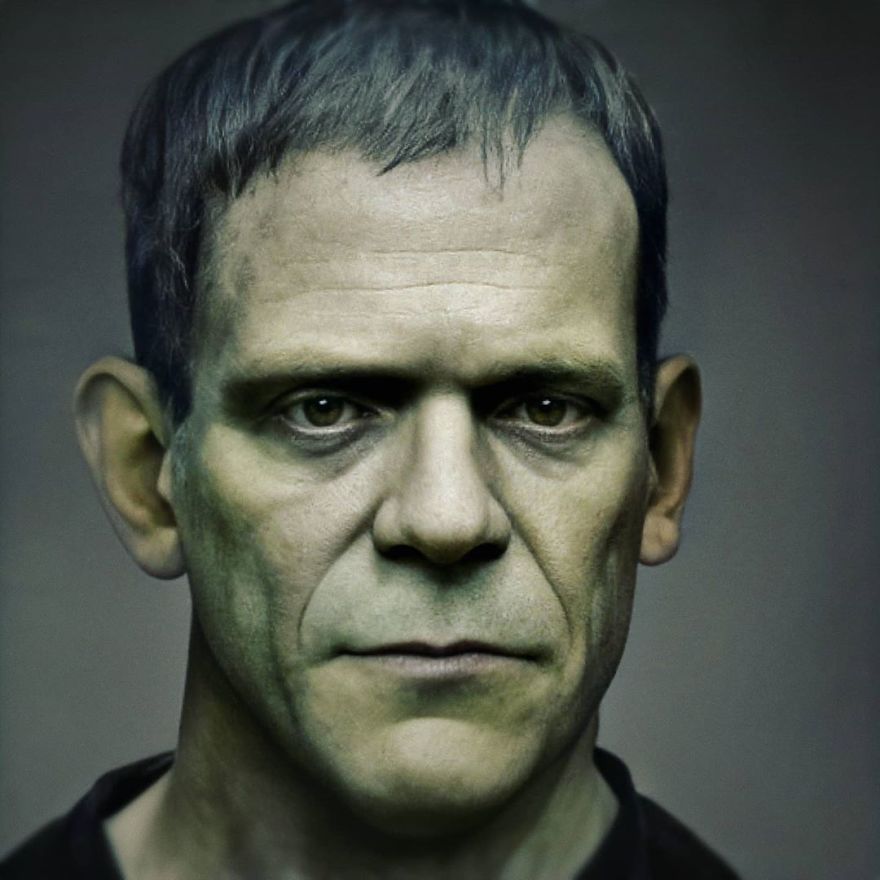
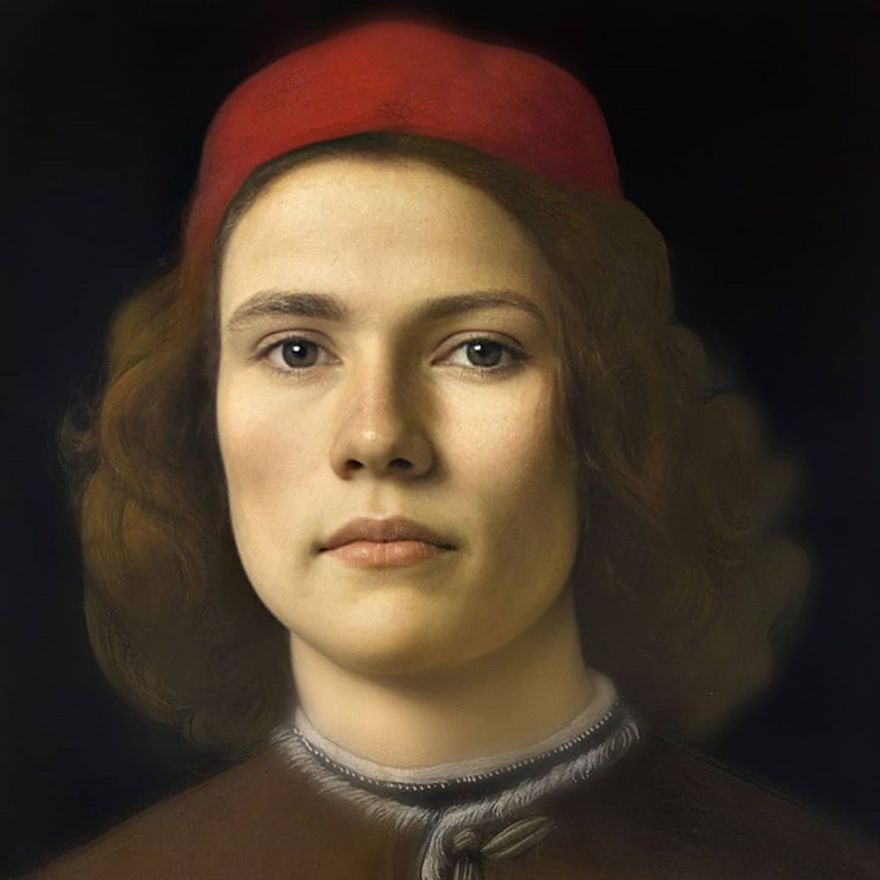
He’s now working on a face model for Anne Frank, a Jewish girl who died in Auschwitz. The photographer explains: “There are several famous photos of her, so I want to make her older, imagine her at an age she never reached”.
Generally speaking, it is said that the main goal of a portrait artist is not to convey small details correctly but to capture the “essence” of a person’s character. Do you think Bas managed to achieve this?
